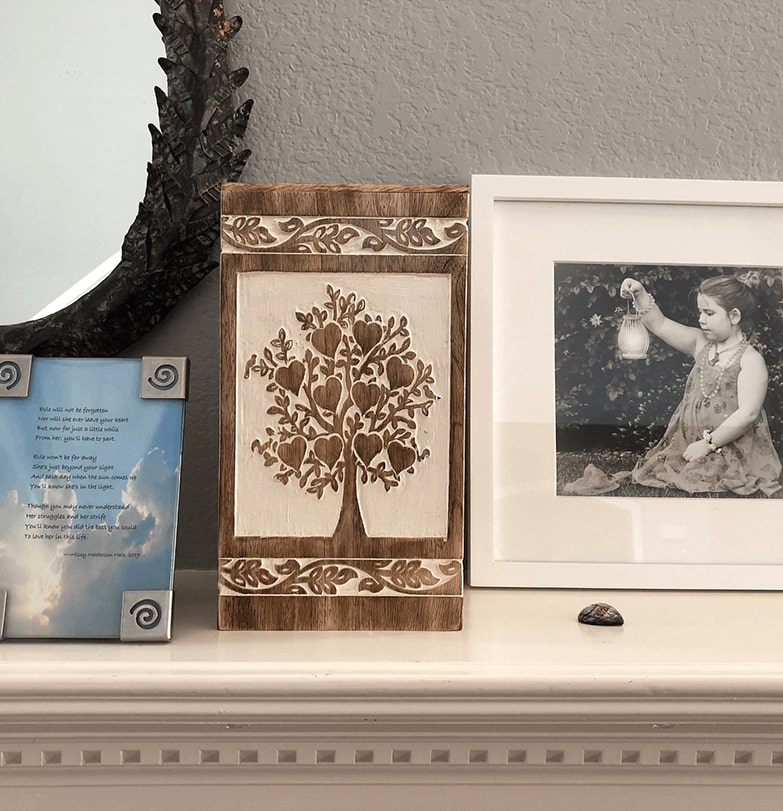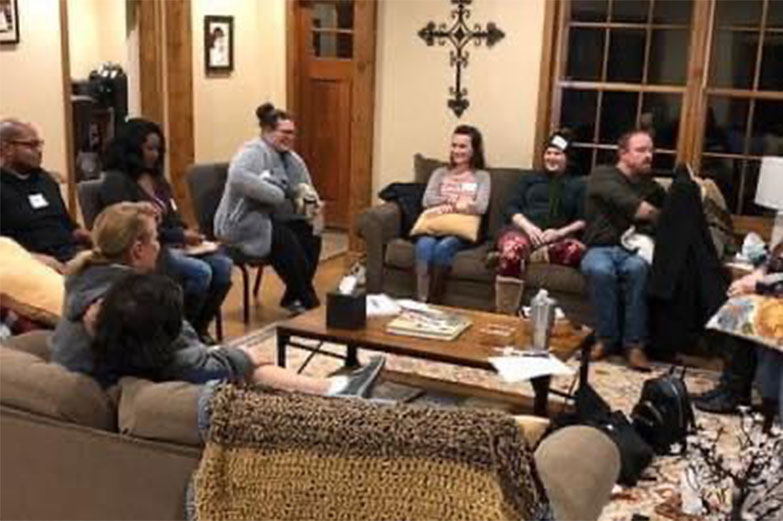The death of someone you love changes your life forever. The movement from the “before” to the “after” is almost always a long and painful journey. If you are to heal, you cannot skirt the edges of your grief. You must journey through it, sometimes meandering the side roads and sometimes plowing directly into its raw center.
The journey requires mourning. Grief is something you think and feel on the inside after someone you love dies. Mourning is the outward expression of those thoughts and feelings. To mourn is to be an active participant in your grief journey. We all grieve following a loss, but if we are to heal, we must mourn.
Although your grief journey will be an intensely personal and unique experience, all mourners must yield to six reconciliation needs of mourning in order to heal. Be patient with yourself as each of these needs could take months to reconcile.
Need 1: Acknowledging the reality of the death
You acknowledge the reality of the death by gently confronting the reality that the person who has died will never physically come back into your life again. In order to survive, you may try to push away the reality of death. Acknowledging the full reality of the loss may take weeks or months. Replaying events surrounding the loss is a vital part of this need of mourning. Each time you think or talk about it, it becomes a little more real.


Need 2: Embracing the pain of the loss
It is easier to avoid, repress or deny the pain of grief, yet it is in confronting your pain that you are able to reconcile yourself to it. Sometimes you may need to distract yourself from it, while at other times you will need a safe place to move toward it. Contrary to how our culture views grief, doing well with your grief means becoming well acquainted with it.
Need 3: Remembering the person who died
Your relationship continues with the person who has died through memories and objects that link you to the person (i.e. photos, souvenirs). This need of mourning involves allowing and encouraging yourself to find ways to continue the relationship.


Need 4: Developing a new self-identity
Part of your self-identity is based on your relationships with other people. When someone with whom you have a relationship dies, the way you see yourself and the way society defines you naturally changes. You go from being a “parent” to a “bereaved parent”. You may feel a temporary heightened dependence on others as well as feelings of helplessness, inadequacy and fear. As you work on this need, you may discover some positive aspects of your changed identity. You may develop a renewed confidence in yourself or find a more caring, sensitive part of yourself. You may develop a more assertive part of your identity that empowers you to go on living in the midst of your sense of loss.
Need 5: Searching for meaning
When someone you love dies, you naturally question the purpose and meaning of life. The death reminds you of your lack of control. It can leave you feeling powerless. The person who died was a part of you. You mourn the loss not only outside yourself, but also inside yourself. At times, overwhelming sadness and loneliness may be your constant companions. You may feel that when your person died, part of you died too. And now you are faced with finding some meaning in going on with your life, even when you feel empty inside. The death may cause you to struggle with your spirituality. You may doubt your faith, with unanswered questions racing through your head and your heart. This is a normal part of the journey toward reconciliation.


Need 6: Receiving ongoing support from others
The quality and quantity of understanding support you get during your grief journey will have a major influence on your capacity to heal. You cannot do this work alone. Seeking help does not make you weak and because mourning is a process that takes place over time, support must be available months and even years after your loss. Unfortunately, many mourners are abandoned shortly after the event of the death which causes people to deny or repress their grief rather than continue to express it. In order to heal, you must be encouraged to mourn long after the death. Mourning is not an enemy to be vanquished, but a necessity to be experienced as a result of having loved.
Your journey of grief will not end, this side of Heaven. You will never “get over“ your grief. Reconciliation occurs as you work to integrate the new reality of moving forward in life without the physical presence of the person who died. The sharp, ever-present pain of grief gives rise to a renewed sense of meaning and purpose. Your feeling of loss will never completely disappear, but it will soften and the intense pangs of grief will become less frequent. Hope for a continued life will emerge as you realize that, while the person who died will never be forgotten, your life can and will move forward.
The Six Needs of Mourning, adapted from The Journey through Grief by Alan D. Wolfelt, Ph.D.

